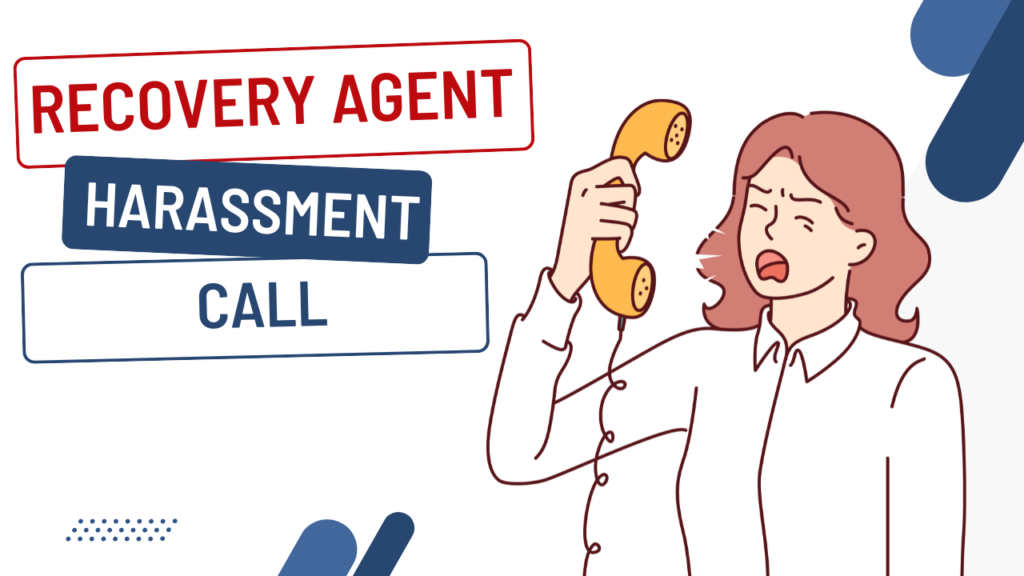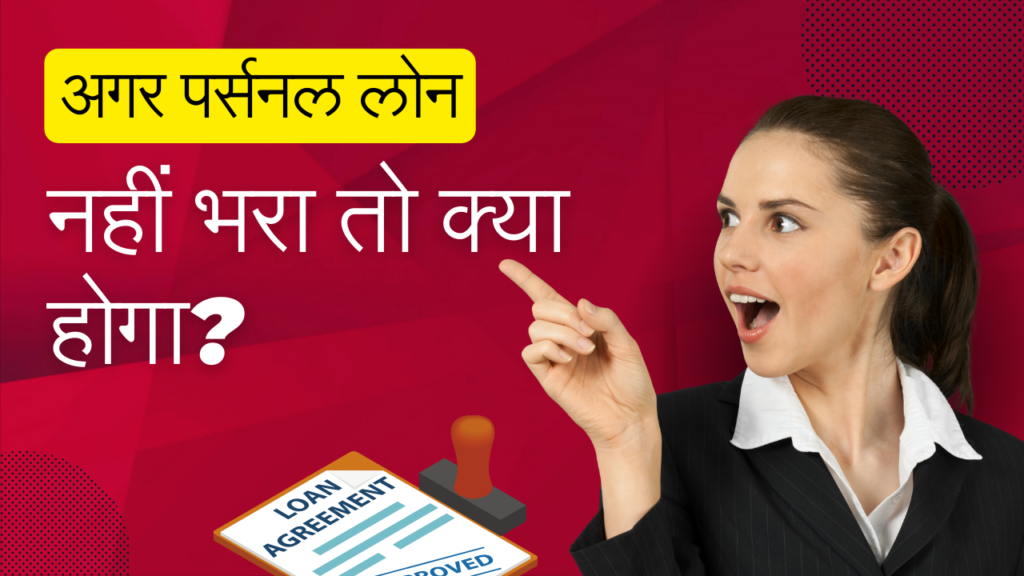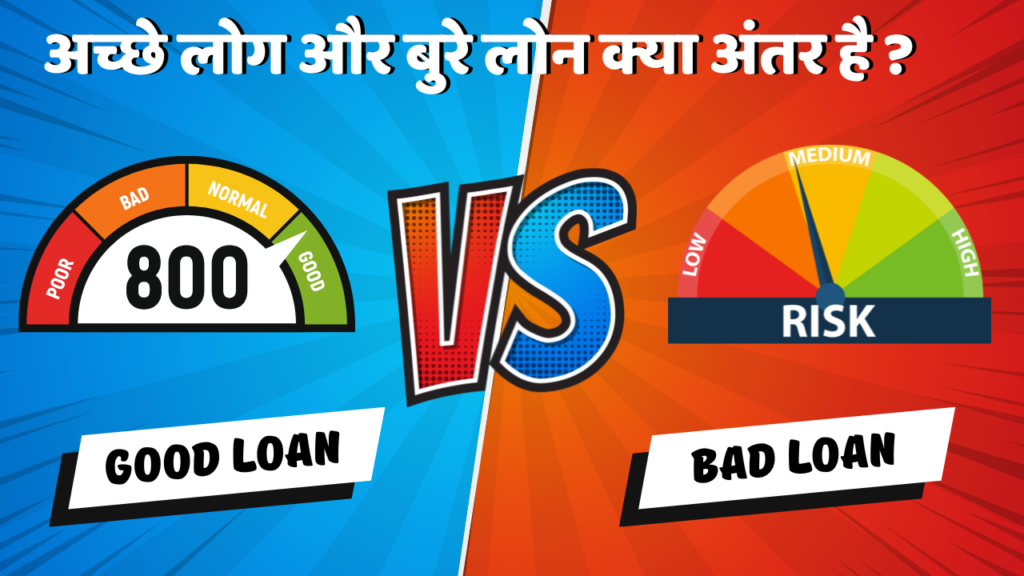When financial difficulties arise, managing personal loan repayments can become a major challenge. If you have taken a personal loan from SBI Bank (State Bank of India) and find yourself unable to meet the regular EMI payments, loan settlement can be one of the ways to manage the debt. Loan settlement, however, is not an ideal scenario as it involves paying off a portion of the loan rather than the full amount. In this blog, we will explore how to settle an SBI Bank personal loan, the steps involved, the consequences of settlement, and alternatives that could help you avoid this route.
What is Loan Settlement?
Loan settlement is a financial agreement between a borrower and the bank where the borrower is unable to repay the full loan amount. The bank agrees to accept a lesser amount as full settlement of the loan. In such cases, the loan is considered “settled” rather than fully paid. While the borrower is relieved from further payments, a loan settlement leaves a negative mark on the borrower’s credit report and impacts their future creditworthiness.
For SBI personal loan borrowers, loan settlement becomes an option when repayment is no longer feasible due to circumstances like job loss, illness, or financial crises.
When Should You Consider Loan Settlement?
Opting for loan settlement should be a last resort because it negatively affects your credit score. Consider it only under the following circumstances:
- Loss of income: If you are unemployed or your income has drastically reduced, making it difficult to manage monthly payments.
- Health crisis: If you or a family member face an unexpected medical emergency and repayment of the loan becomes secondary.
- Overwhelming debt: When you have too many loans and debts to manage and your financial situation is deteriorating.
- Bankruptcy or insolvency: If you’re on the verge of declaring bankruptcy or have no assets left to liquidate for paying off the loan.
Before opting for loan settlement with SBI, it’s important to explore other alternatives that may be more beneficial in the long run.
How to Settle SBI Personal Loan?
Settling a personal loan with SBI Bank involves a few steps, which, if followed carefully, can result in a smooth settlement. Here’s how to proceed:
A. Review Your Financial Condition
The first step before approaching SBI for settlement is to conduct a financial self-assessment. Understand how much you owe on the loan, your current monthly income, and any assets you may have. Try to determine what portion of the loan you can afford to pay as a one-time lump sum for settlement.
B. Contact SBI’s Loan Recovery Department
Once you have a clear picture of your finances, get in touch with SBI’s Loan Recovery Department. You can do this by visiting your nearest SBI branch or calling their customer care service. Inform them about your financial distress and that you are looking to settle your personal loan.
The bank will assess your eligibility for loan settlement based on the number of missed payments, your repayment history, and your current financial condition.
C. Submit necessary documents
SBI will ask you to submit supporting documents to verify your financial difficulty. Some of the documents you may need to provide include:
- Salary slips or income statements to demonstrate loss or reduction of income.
- Bank statements showing financial hardship.
- Medical bills or proof of large expenses that have impacted your ability to repay the loan.
- Termination letter or proof of unemployment if you have lost your job.
These documents will help SBI understand your situation and offer you a settlement option accordingly.
D. Negotiate a Settlement Offer
Once SBI has reviewed your case, they will likely offer you a settlement amount, which is typically a percentage of the total outstanding loan amount. This could range anywhere between 50% and 70% of the remaining loan. It is important to negotiate and try to reduce the settlement amount further if possible. Be transparent about your financial situation to improve your chances of a favorable settlement.
The settlement offer will vary depending on factors like how much of the loan you have already paid, your current financial status, and the time period of default.
E. Close the Settlement
Once both parties agree on the settlement amount, you need to make the payment in a lump sum. After payment, ensure that you get a No Dues Certificate (NDC) from the bank, which confirms that the loan is settled. SBI will mark the loan as “settled” on their records, and you will no longer be liable for further payments.
It’s crucial to keep all documents related to the settlement, such as the NDC and settlement agreement, for future reference.
SBI Bank’s Loan Settlement Policy
SBI’s loan settlement policy allows borrowers in genuine financial distress to settle their loans. Some key features of their policy include:
- Eligibility criteria: The loan must be categorized as a non-performing asset (NPA), which generally happens after 90 days of non-payment.
- Settlement amount: SBI typically offers a settlement amount between 50% and 70% of the outstanding loan.
- Assessment process: The bank will review the borrower’s financial documents to determine if settlement is a viable option.
- Settlement approval: The final settlement amount is subject to approval by SBI’s higher authorities based on the borrower’s financial condition.
Impact of Loan Settlement on Your Credit Score
Although loan settlement may bring temporary relief from financial strain, it has serious implications for your credit score and overall financial profile. Here’s how:
- Credit score drop: A settled loan reflects negatively on your CIBIL score or other credit scores. When the loan is marked as “settled,” it indicates that the borrower didn’t pay the loan in full, which can cause a drop in the credit score.
- Negative remark on credit report: The loan status will be marked as “settled” in your credit report, which stays there for seven years. This may make it difficult to obtain new loans or credit cards in the future.
- Difficulty in future borrowing: After settlement, you may face challenges in securing credit, as lenders consider borrowers who have settled a loan to be at higher risk. If you do qualify for a loan, it might be at a higher interest rate.
Alternatives to Loan Settlement
Before opting for loan settlement with SBI, consider exploring these alternatives that can help you avoid the negative impact on your credit score:
A. Loan restructuring
Loan restructuring allows you to modify the terms of the loan, such as increasing the loan tenure or reducing the EMI amount. This option helps you manage repayments better without negatively affecting your credit score.
B. Loan Moratorium
SBI may offer a loan moratorium, allowing you to defer your EMI payments for a specified period. This option can help you manage short-term financial crises while maintaining a good credit record.
C. Debt Consolidation
Consider consolidating multiple loans into one loan with a lower interest rate. This can help reduce your overall monthly payments and make your financial situation more manageable.
D. Borrowing from Family or Friends
If possible, borrowing from family or friends to repay the loan in full is a better option than settlement. This way, you can avoid a negative impact on your credit score.
Conclusion
Settle Your SBI personal loan can provide short-term relief if you’re going through financial hardship. However, it’s important to understand the long-term consequences, especially the impact on your credit score. Before opting for settlement, consider alternatives like loan restructuring, moratoriums, or debt consolidation that could help you maintain a healthier financial profile. If settlement is the only option, negotiate wisely and ensure all agreements are in writing. This way, you can resolve the debt while minimizing damage to your future borrowing potential.
Frequently Asked Questions (FAQ’s)
Ans: No, typically, loan settlement is only considered when the loan has become an NPA, which happens after at least 90 days of missed payments.
Ans: SBI may settle for around 50% to 70% of the outstanding loan amount, depending on the borrower’s financial condition and repayment history.
Ans: The settlement process can take anywhere from a few weeks to a few months, depending on how quickly you provide the necessary documents and how long the negotiations last.
Ans: SBI may ask for income statements, bank statements, medical bills, termination letters, and other documents to verify your financial hardship.













